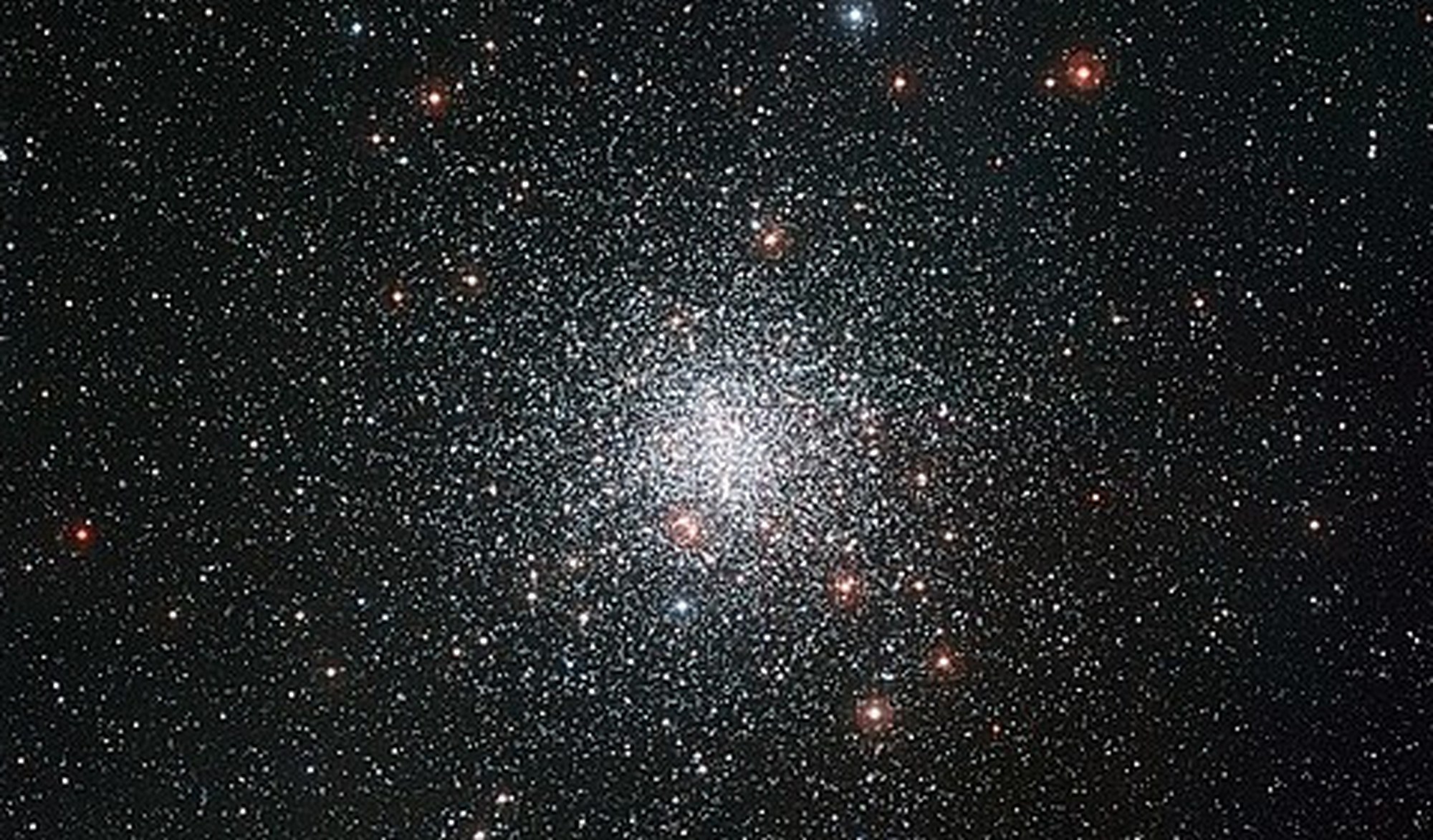Properties of globular clusters in a galaxy formation model

Globular clusters are dense star clusters bound by their own gravity that populate most galaxies. Typically, they feature a few hundred-thousand stars within a small volume leading to high stellar densities. Many globular clusters are old-some even consistent with the age of the Universe-and metal poor, meaning that they formed when their host galaxies formed as well. For example, properties of the Galactic globular clusters were used to study the assembly and evolution of the Milky Way itself.
Besides observational studies, simulations are important to understand the physics governing the formation and evolution of these clusters. In our group we are modelling the formation and evolution of globular clusters within simulations of galaxy evolution. The goal of this project is to support the implementation of clusters and to analyze the results of the simulations. More specifically, the student will, among other things, investigate the distribution of modeled globular clusters within the host galaxies, as well as their properties, such as their metallicity. We expect this work to lead to the publication of a paper with the student as co-author.
It would be useful (but not strictly required) for the candidate students to have attended (basic) lectures in astronomy and be interested in the evolution of galaxies and their star cluster populations. Familiarity with C programming and Python scripting languages as well as a good level of English are desired. The student will primarily learn how to analyze and visualize the results of galaxy simulations with Python and get directly involved in the writing of a scientific publication.
